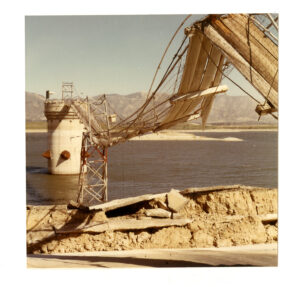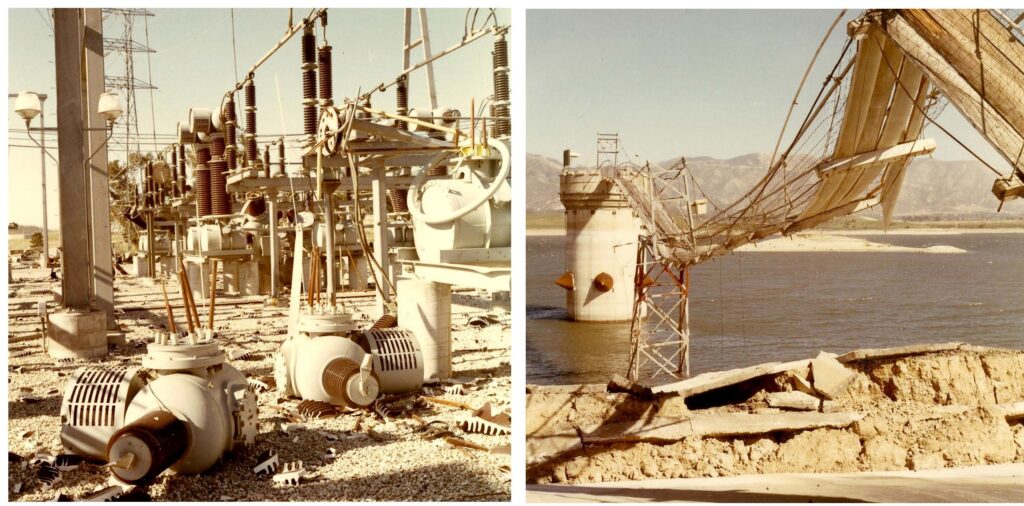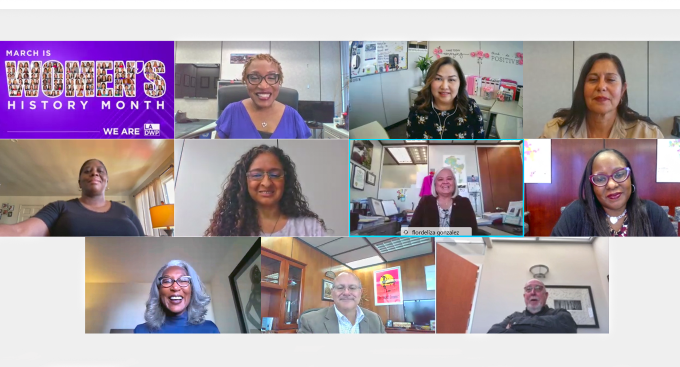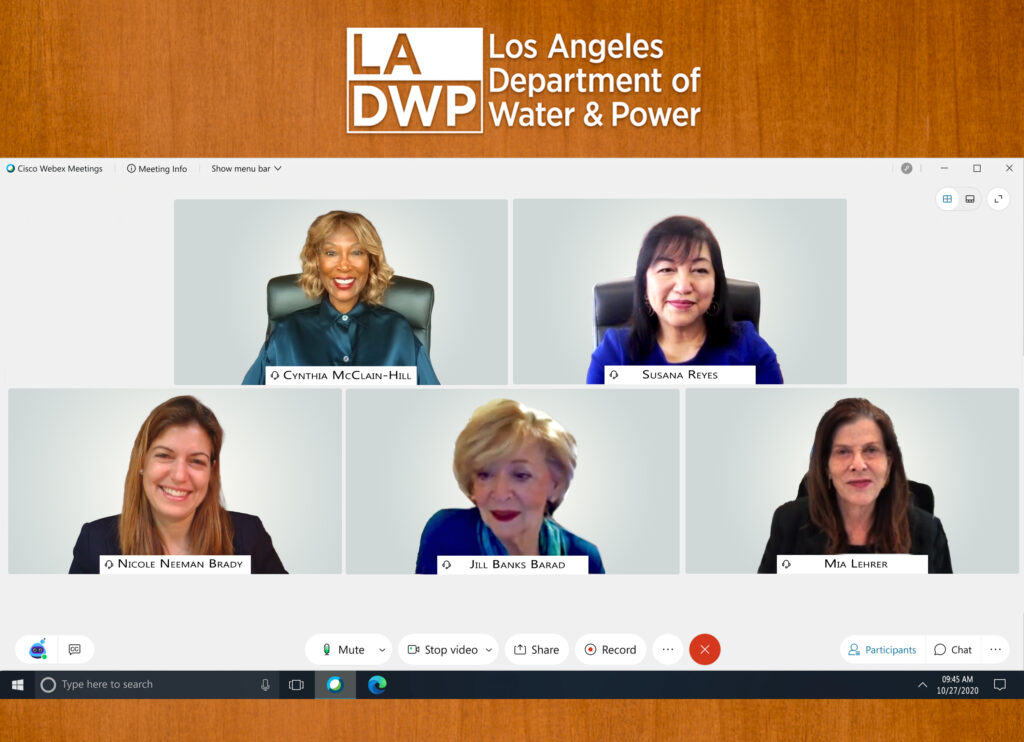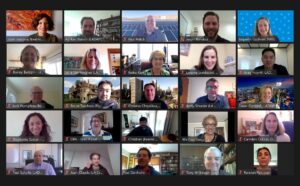
LADWP Urges Customers to Redouble Water-Saving Efforts
By Carol Tucker
With extreme dry conditions facing the L.A. region and the state of California, LADWP has joined with the Metropolitan Water District of Southern California (Metropolitan) in calling for our customers to redouble their water-saving efforts. On August 17th, Metropolitan’s Board of Directors declared a Water Supply Alert, elevating the regional water supply condition to the second most severe status level.
The Metropolitan Board of Directors’ action elevated the regional water supply status from a “Condition 1 – Water Supply Watch” to a more severe “Condition 2 – Water Supply Alert.” Los Angeles County remains one of the state’s eight counties not under a regional drought state of emergency and no new water restrictions were invoked. But the elevated status reflects the urgency of the water supply situation and encourages increased conservation.
LADWP supports Metropolitan’s elevated Water Supply Alert and echoes the call for increased conservation. “In the City of Los Angeles, we haven’t taken our foot off the conservation pedal. We’ve kept in place our aggressive watering restrictions, and continued to fund a slew of water-saving measures and programs that help our customers conserve water – even during wetter years,” said Martin L. Adams, LADWP General Manager and Chief Engineer. “Now, with extremely dry conditions, we’re urging all of our customers to redouble their efforts. We’re here to support them in saving even more water.”
In July, Governor Gavin Newsom called for a voluntary water use reduction across the state by 15 percent. The Governor’s call comes at a time when some regions in California, particularly Northern California, have been hard-hit by yet another dry year—the second consecutive year of low precipitation, snowpack and runoff.
The elevated Water Supply Alert calls for Metropolitan’s member agencies, of which LADWP is one of the founding members, to increase voluntary regional conservation, review their drought ordinances and water shortage contingency plans, and limit use of storage reserves where possible.
Since 2009, LADWP has continued with Phase 2 of the City of L.A.’s Emergency Water Conservation Plan, which limits watering to three days per week. Phase 2 requirements include many other permanent water-saving measures. LADWP will continue to monitor supply conditions and adjust our planning efforts to as needed.
LADWP has stepped up our conservation and outreach efforts, bringing back “Drop” to help get the word out to customers to save even more water. LADWP offers a variety of rebate and incentive programs for residential and commercial customers to help customers save water and reduce their utility bills. For example, residential customers can receive $3 per square foot for replacing turf with sustainable landscaping and $400 toward a high-efficiency clothes washer. For large commercial customers, LADWP offers an incentive of up to $2 million for innovative water-saving projects through the Technical Assistance Program.
Along with conservation, LADWP continues working to secure our local water supply through expanding recycled water use, improving the amount of water captured from stormwater runoff, and cleaning up the San Fernando groundwater basin.
LADWP customers have made water conservation a way of life.
Water use within LADWP’s service area has dropped by as much as 22% since fiscal year 2013-2014. Roughly 4 million Angelenos currently use about 40 gallons less per person per day than they did 15 years ago, even with the drier conditions.
In fact, Angelenos use less water today than they did more than 50 years ago, despite a population increase of over one million people.
LADWP is committed to providing a water supply that is resilient, sustainable, reliable, high quality and cost effective as we confront extremes in weather conditions and address other challenges in managing our city’s water supply.
A key strategy to maintaining our water strength as a city is to continue diversifying and expanding our local water resources. Los Angeles receives most of our water (about 90% over the past five years) from the Eastern Sierra, via the city-owned Los Angeles Aqueduct, and the San Francisco Bay / Sacramento-San Joaquin Delta and the Colorado River, purchased from Metropolitan. The remainder of our water comes from local groundwater and recycled water supplies.
Visit www.ladwp.com/save to learn more about our cost-saving water efficiency programs.
View LADWP Press Release
View Metropolitan Press Release.

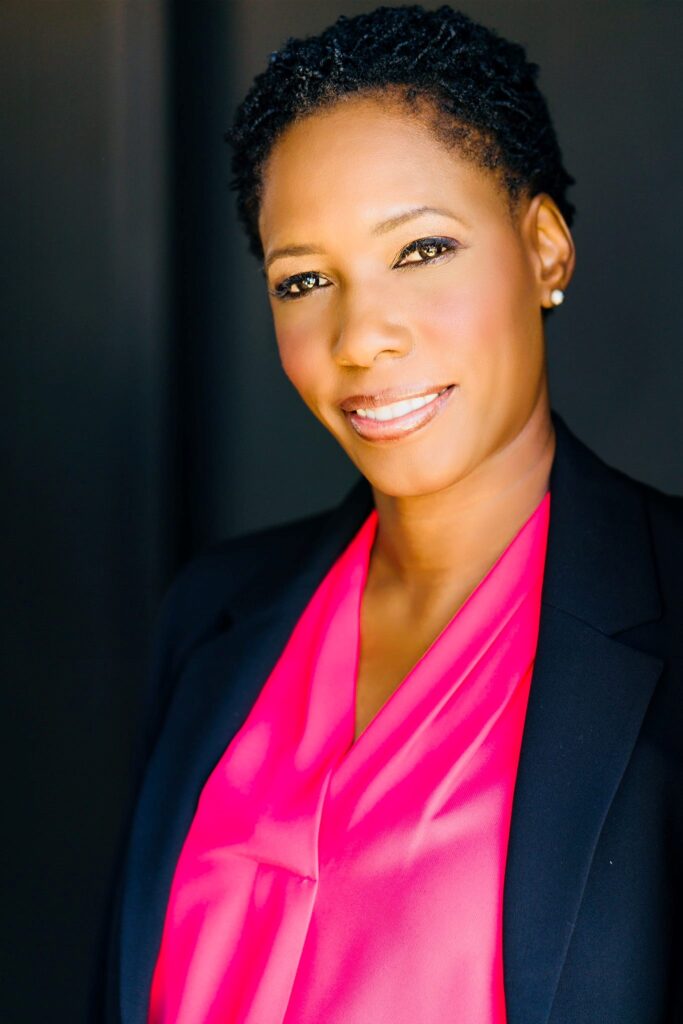 As part of the ongoing initiatives to advance diversity and equity, Monique Earl, a long-time City of Los Angeles executive, has been named to lead the newly created Office of Diversity, Equity and Inclusion (DEI) at LADWP.
As part of the ongoing initiatives to advance diversity and equity, Monique Earl, a long-time City of Los Angeles executive, has been named to lead the newly created Office of Diversity, Equity and Inclusion (DEI) at LADWP.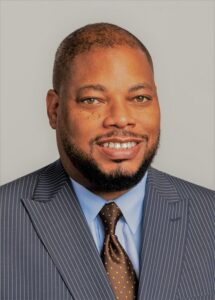
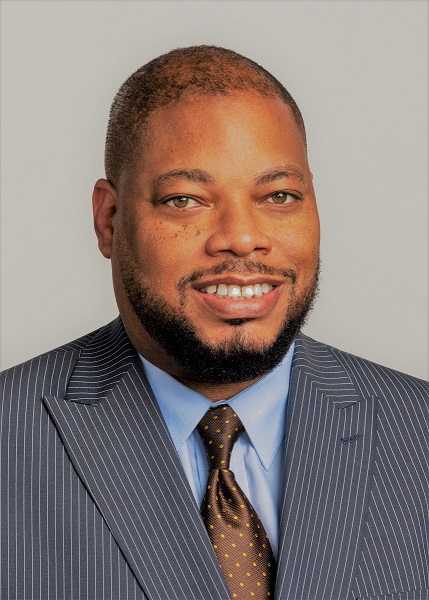 Breonia Lindsey, Director of LADWP’s Water Distribution Division, was featured in the Los Angeles Sentinel as one of LADWP’s highest-ranking African American employees.
Breonia Lindsey, Director of LADWP’s Water Distribution Division, was featured in the Los Angeles Sentinel as one of LADWP’s highest-ranking African American employees.

